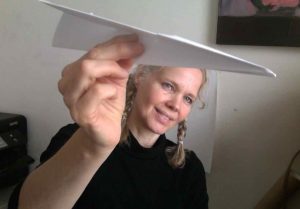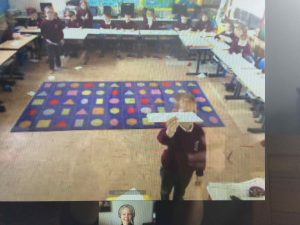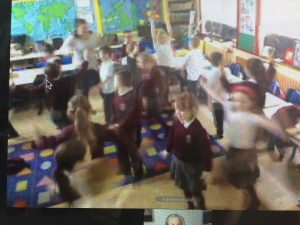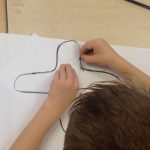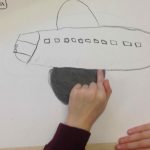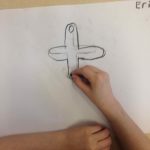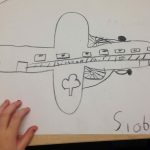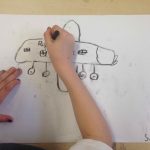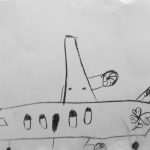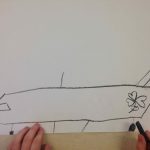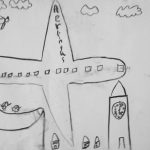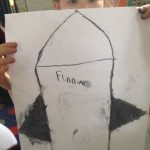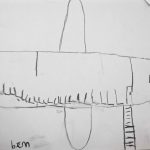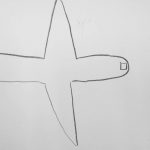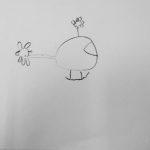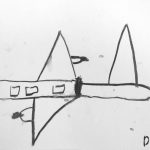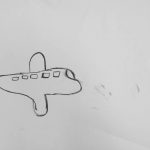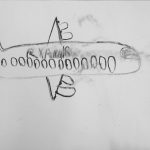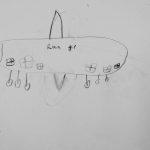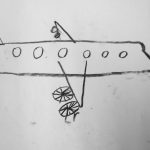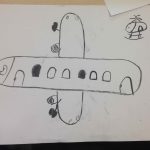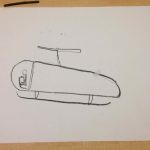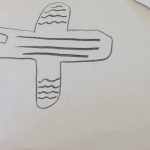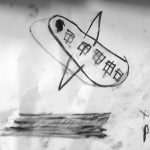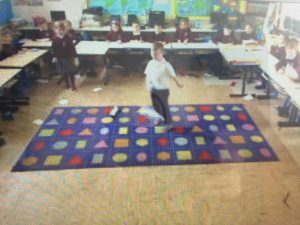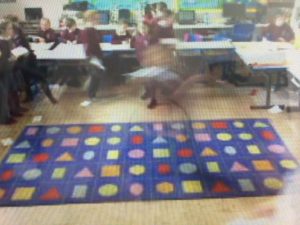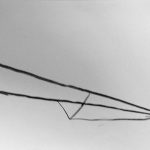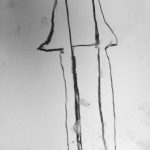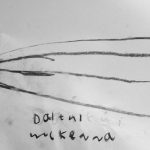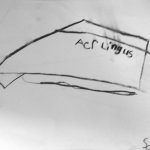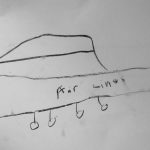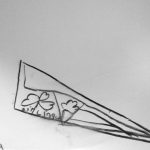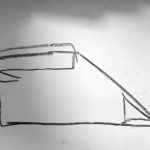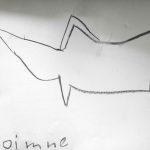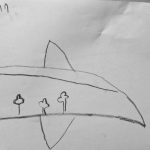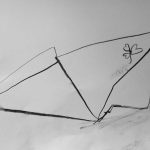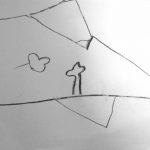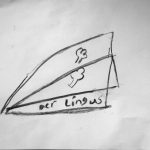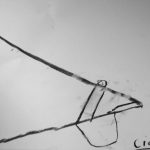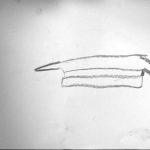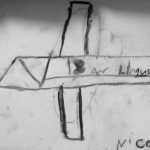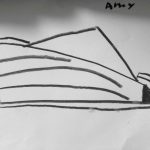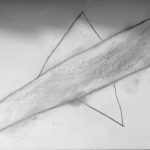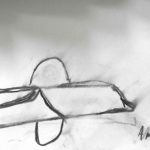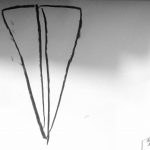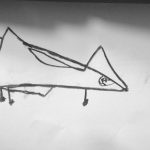Reflecting on the birds we drew in the last session, I thought it might be interesting to explore how they fly… So, since they had been studying birds, I asked the children.
“They use their wings and feathers”
“They flap”
“They Glide”
It was early and energy was high so we all tried flapping our arms to see how it would feel. I flapped away here in Belfast and the children stood in their classroom and flapped – it was hard work and our arms got sore! We realised the birds have strong wing muscles!
Mrs Hughes suggested the children test out their flying skills and asked if they could take off and land in the same place after GLIDING and FLAPPING round the room.
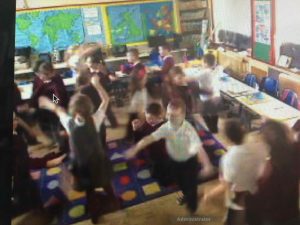
We swiftly made the connection between BIRDS and AIRPLANES and wondered how such big heavy things could fly and not fall out of the sky!
I read about an experiment using an A4 plain piece of paper that you hold near your mouth, both your hands holding the long sides. Then blow hard over the top of the paper and watch what happens…
I invited the children to try it and when I tried it, my piece of paper floated upward a little… Its all to do with AIR PRESSURE and it was something that we will come back to because the children did not see the same reaction but instead some said all that blowing made them feel dizzy.
After continuing our discussion about airplanes, who had seen one, or been in one, we decided to draw one from memory or imagination.
Next the children all had a go at making a paper airplane and flying the planes across the classroom…
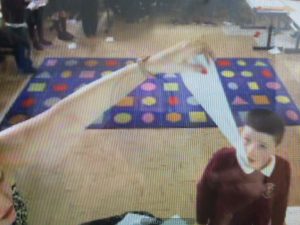
It turns out that John has been making paper airplanes for 2 years… and the practice has paid off because this airplane flew so well. We discussed why it this might be…
It was the right SHAPE
It was STREAMLINED
The front tip was POINTED
It was SYMMETRICAL
It was HEAVIER at the FRONT because lots of paper folds were there.
It was really interesting to discuss all these points. We were all keen , myself included to learn how John made his plane, so Mrs Hughes invited John to be the teacher and he showed all of us how to make the plane using a flat piece of paper.
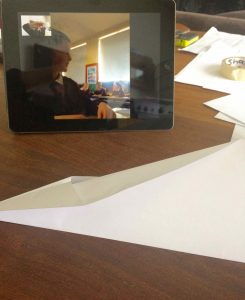
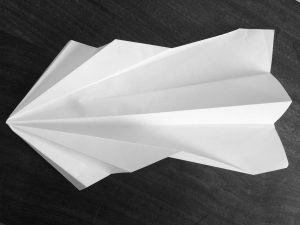
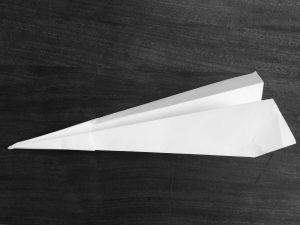
We all make another plane and I ask the children to draw this new plane…
I love the ANGLES and STRAIGHT lines in these drawings, they CONTRAST so much with the ROUNDED shapes and CURVY lines of the first imaginary airplanes.

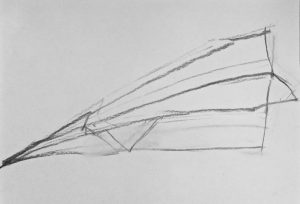
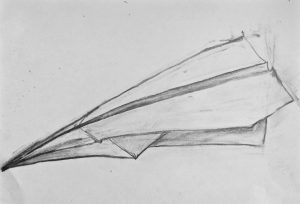
Thank you everyone for the great work and new skill I have in making paper airplanes!
